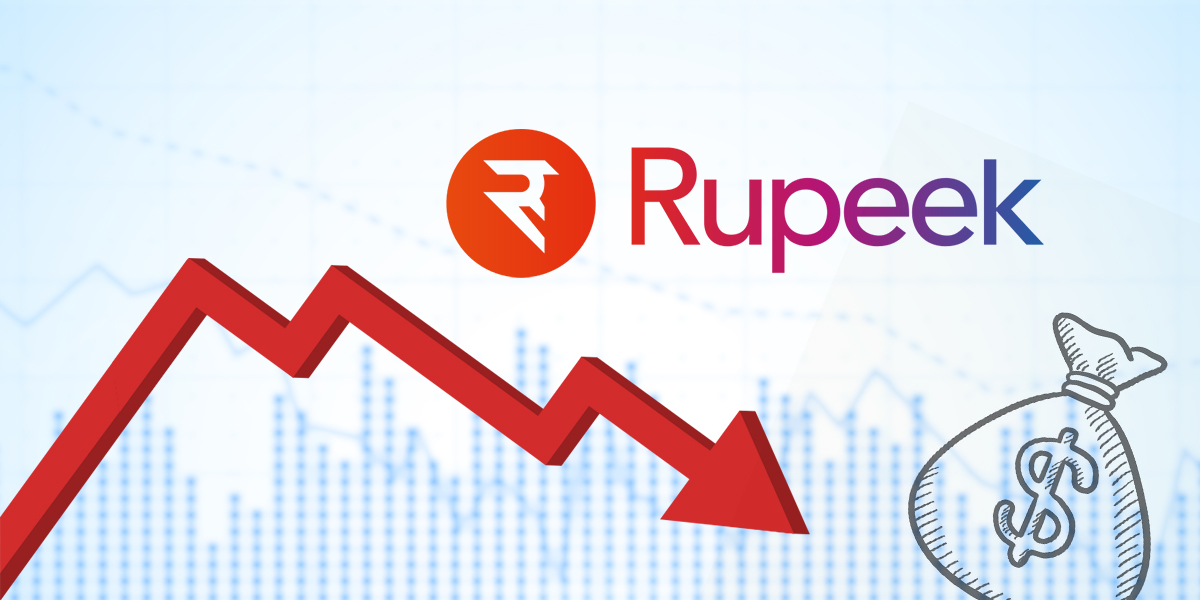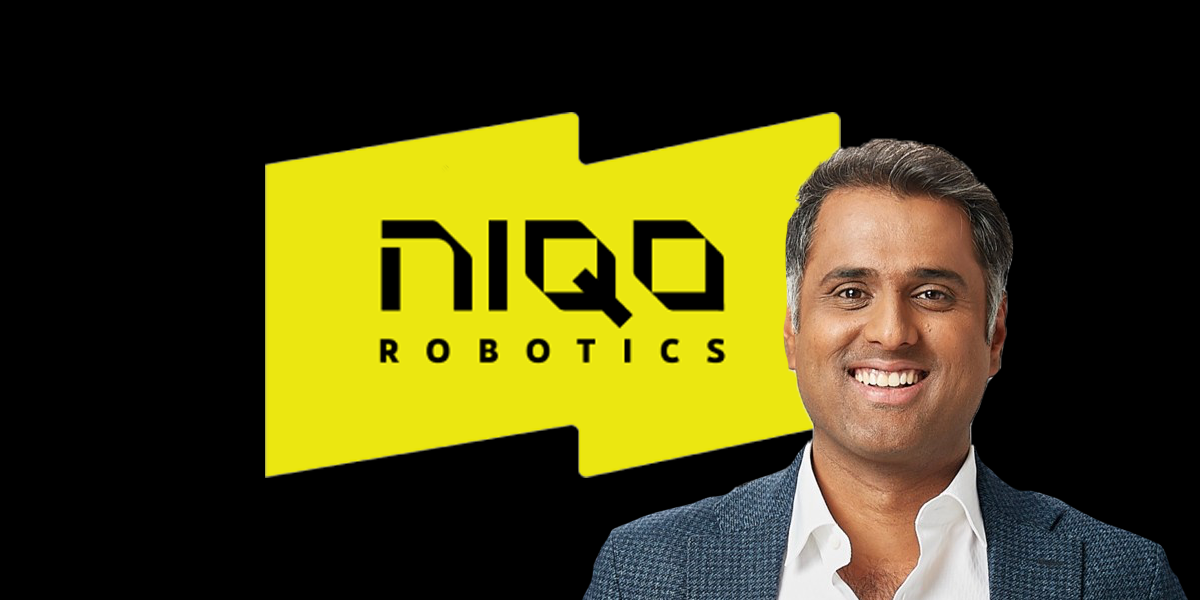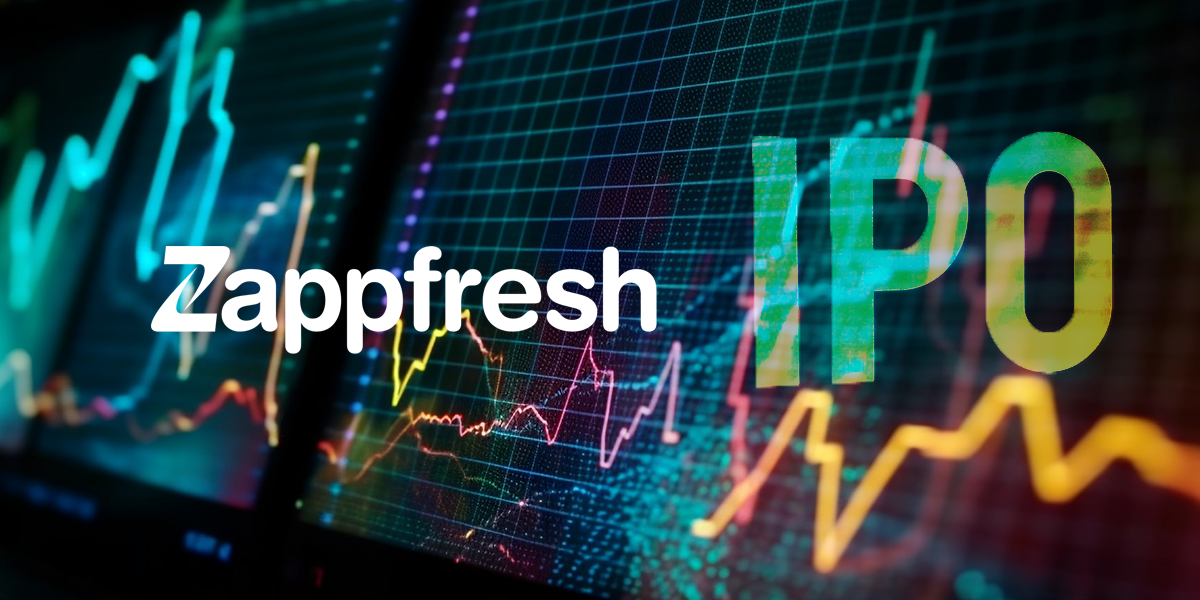B2B animal protein marketplace Captain Fresh recorded 23X growth in its gross scale (GMV) in the last two reported fiscals: rising from Rs 33 crore in FY21 to Rs 773 crore in FY23. But this hyper-growth came at a steep cost with its losses skyrocketing 28X during the same period.
Captain Fresh India’s gross revenue surged 3.7X year-on-year (YoY) to Rs 773 crore in FY23 from Rs 208 crore in FY22, its annual financial statements filed with the Registrar of Companies (RoC) show.
Captain Fresh follows a farm-to-retail model with a sole emphasis on fish and seafood. It sources directly from agents or farmers and distributes to retailers with consumer-facing web and mobile apps.
The sale of fish and sea foods including shrimp, cephalopods, crab, and lobster was the primary revenue source for Captain Fresh. Apart from India, the firm has a presence in the US, Dubai, and Madrid; but the firm didn’t disclose its income split across these geographies.
A large funding round also meant that Captain Fresh made Rs 28 crore from interest on deposits and gain on investment (non-operating), pushing its overall income to Rs 801 crore in FY23.
For the animal protein aggregator, the cost of procurement accounted for 68.5% of the overall expenditure. To the tune of scale, this cost soared 3.6X to Rs 722 crore in FY23.
Captain Fresh’s employee benefits, commissions, freight, contracted manpower, legal, and other overheads pushed its overall expenditure to Rs 1,054 crore in FY23 from Rs 315 crore in FY22.
See TheKredible for the detailed expense breakup.


Expenses Breakdown
https://thekredible.com/company/captain-fresh/financials
View Full Data
https://thekredible.com/company/captain-fresh/financials
View Full Data
- Cost of materials consumed
- Employee benefit
- Legal professional
- Commission paid other selling agents
- Travelling conveyance
- Advertising
- Freight
- Contracted manpower
- Others


The surge in procurement and employee benefits led to Captain Fresh posting a 2.45X jump in its losses which stood at Rs 252 crore in FY23. Its ROCE and EBITDA margins stood at -50% and -33.3%, respectively. On a unit level, the firm spent Rs 1.36 to earn a rupee in FY23.

FY22-FY23
| FY22 | FY23 |
| EBITDA Margin | -51% | -33.3% |
| Expense/₹ of Op Revenue | ₹1.51 | ₹1.36 |
| ROCE | -16% | -50% |


The Bengaluru-headquartered firm has raised over $190 million to date. According to the startup data intelligence platform TheKredible, Matrix Partners is the largest external stakeholder with 13.44% followed by Accel Partners, Ankur Capital, and Tiger Global among others.
Captain Fresh’s total current assets were recorded at Rs 665 crore including the cash and bank balances of Rs 179 crore during the fiscal year ended March 2023. The company’s enterprise value to revenue multiple stood at 3X.
The focus on marine products ensures that Captain Fresh, even as it waits for the Indian market to develop more deeply, will continue to seek sales outside India. In the long term, it has to manage multiple risks in the business, be it regulatory or compliances across key markets. That leads to, and possibly explains, the high costs so far. From procurement to storage to logistics, the firm needs fine tuned processes that pass muster with multiple regulators. As these costs go into maintenance mode, the firm will hope that rising affluence in its home market will allow it to improve margins.
















